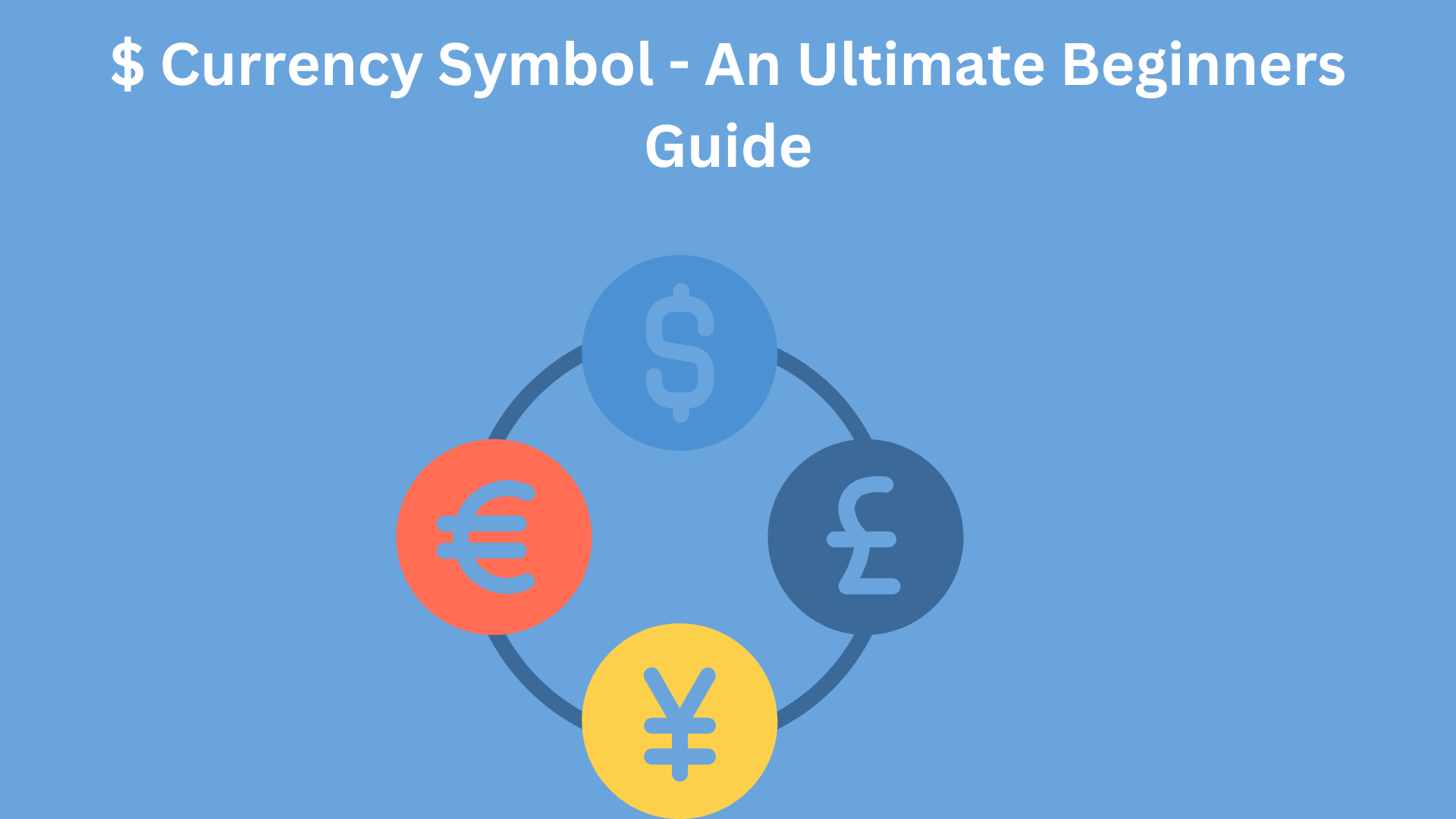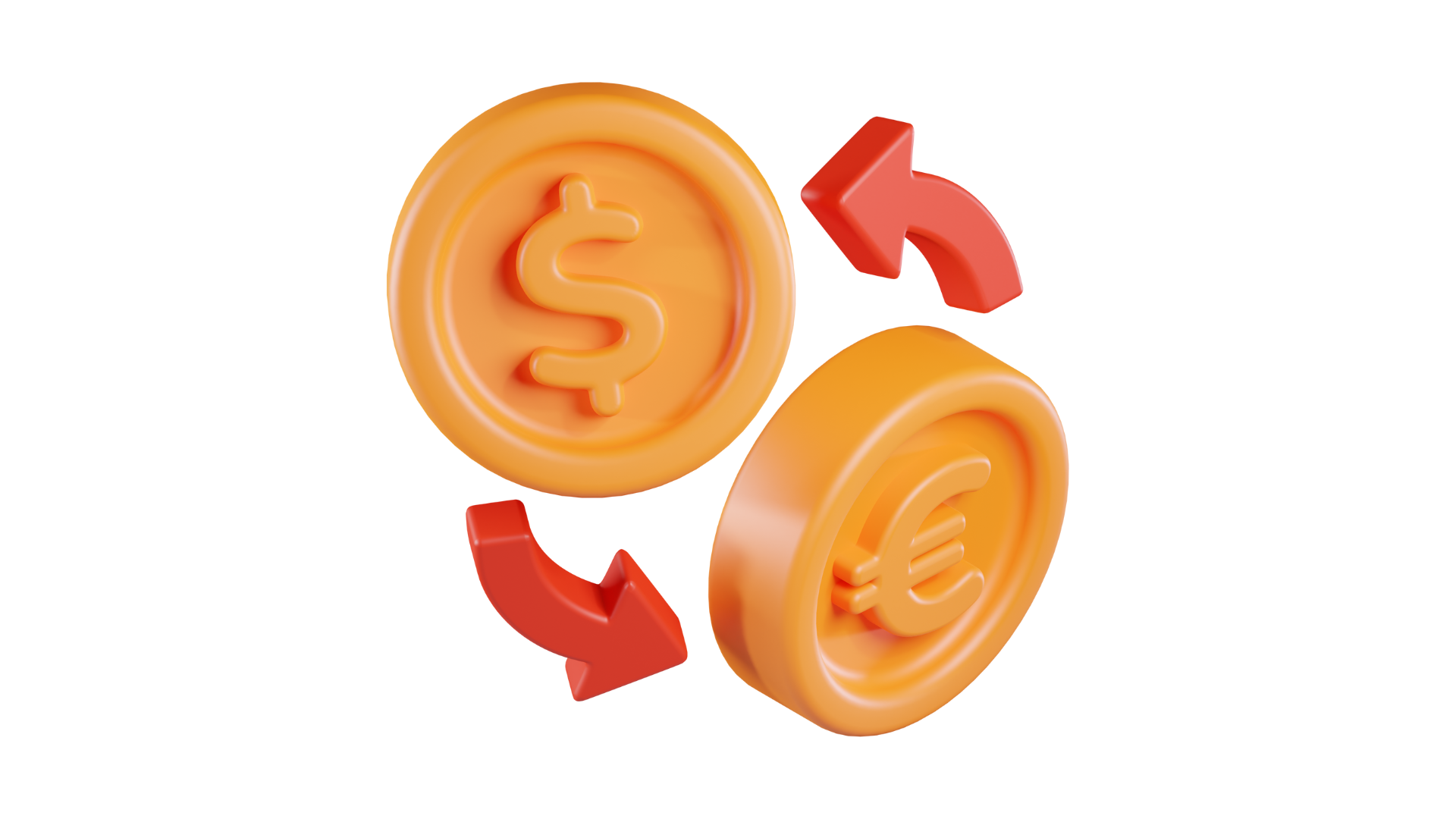$ Currency Symbol - An Ultimate Beginners Guide
In the world of finance and commerce, currency symbols play a crucial role in identifying and representing various monetary units. Among these symbols, the dollar sign ($) is perhaps the most recognizable and widely used. However, many other currency symbols exist, each with its own unique history and significance. In this article, we'll delve into the world of currency symbols, exploring their origins, meanings, and importance in the global economy.

The Origins of Currency Symbols
Currency symbols have a rich history that dates back centuries. The dollar sign, for example, is believed to have originated from the Spanish Peso, which was a widely used currency in the Americas and Asia during the colonial era. The peso was denoted by the letters "Ps," which eventually evolved into the modern dollar sign we know today.
Other currency symbols have equally fascinating origins. The British pound symbol (£), for instance, is derived from the letter "L," which was used to denote the ancient Roman unit of weight known as a libra. Similarly, the euro symbol (€) is a combination of the letters "E" and "C," representing "Europe" and "currency," respectively.
The Significance of Currency Symbols
Currency symbols play a crucial role in facilitating trade and commerce by providing a standardized way to represent monetary values. They also help to differentiate between various currencies, ensuring clarity and accuracy in financial transactions. For businesses, understanding currency symbols is essential for conducting international trade and managing foreign exchange risk.
The Dollar Sign and Its Impact
The dollar sign ($) is arguably the most iconic currency symbol in the world. It is used to denote several currencies, including the US dollar, Canadian dollar, Australian dollar, and many others. The dollar sign's widespread use can be attributed to the dominance of the US economy and the US dollar's status as the world's primary reserve currency.
Other Currency Symbols
While the dollar sign is the most well-known, many other currency symbols are used around the world. Some examples include the yen symbol (¥) used in Japan, the yuan symbol (¥) used in China, and the rupee symbol (₹) used in India. Each of these symbols has its own unique history and cultural significance, reflecting the diversity of global currencies.

Conclusion
Currency symbols are an integral part of our global economy, providing a standardized way to represent monetary values and facilitate international trade. Understanding the origins and meanings of these symbols can help businesses and developers navigate the complex world of finance and commerce more effectively.
FAQs
1. What is the origin of the dollar sign?
The dollar sign ($) is believed to have originated from the Spanish Peso, which was denoted by the letters "Ps" in the colonial era.
2. How are currency symbols assigned to different currencies?
Currency symbols are typically assigned by international organizations such as the International Organization for Standardization (ISO) based on established conventions and historical usage.
3. Can currency symbols change over time?
Yes, currency symbols can change due to political or economic reasons. For example, the Turkish lira changed its symbol from ₤ to ₺ in 2012.
4. Are there any currency symbols that are no longer in use?
Yes, there are several currency symbols that are no longer in use, such as the French franc symbol (₣) and the German mark symbol (DM).